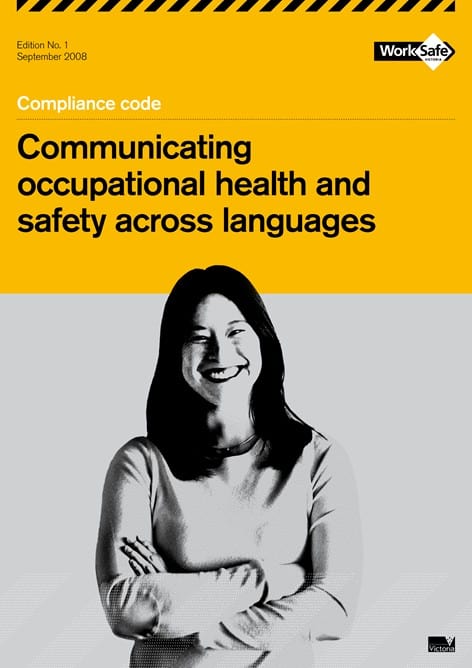The new Australian embassy located on Route Thadeua, the major arterial through Vientiane, is set in a high security compound, somewhat out of keeping with the slow pace of Laos. Some say that the PDR after Laos comes from Please Don’t Rush.
When the Japanese upgraded Route Thadeua, the major route out of the city to Thailand, they put in a central median strip without turn lanes so any turning traffic forces the traffic behind to swing into what is now unofficially the motor bike lane closest to the curb. Motor bikes vastly outnumber cars in Laos, one of the worlds least developed countries and governed by a hard line and corrupt Government.
Openings in the strip are irregular, but inevitably one is always situated outside embassies.
The traffic engineers installed concrete blocks around 75 centimetres long along the edge of the road which means that off street parking is virtually impossible. Some businesses have subsequently demolished the blocks.
Footpaths were not part of the Japanese aid package
The Australian Embassy has a nice strip of suburban lawn outside the high walls but have chosen to retain the concrete blocks, meaning that the lines of cars outside while their owners are meeting or making entreaties to the Embassy staff, ostensibly block one of the two available lanes. The Please Don’t rush adage only stands when a person is working and not mounted on a machine. Laos are largely inept drivers with no idea of consequence. They are like a nation of probationary drivers.
Impatient and opportunistic and accidents are put down to supernatural forces such as in Luang Prabang, the World Heritage city where a spate of fatal accidents was said to be caused by a ghost women motorcycle rider.
Of course, the opening in the island is right outside the embassy. Late last week the traffic was backed up at the beginning of peak hour and motor cycle riders were being inched off by impatient drivers trying to squeeze through between a line of U-turning traffic and the cars parked outside the embassy. Other motor cycle riders were risking their lives and cheap Chinese motor bikes by dodging through any narrow spaces in front of cars that had just got through and accelerating out.
It would take very little for the embassy to create a car park outside.
The grass is nice but safety would be better. The excuse may inevitably be security and the blocks do deter any potential car bomber. But this is Laos not Iraq, and it seems to be an act of stupidity to pass on risk to the Lao public on a permanent basis for a risk that may or may not arise.
Vientiane is a land locked and hot city and getting hotter. It has few swimming pools that aren’t in private hands. On top of the decision to close the Australian Recreation Club pool and sports facilities to the general public, a move that was wildly unpopular, and left this great facility for the sole use of a few (7-9) embassy staff, the cocktail party chat is not flattering.
By an Asian reporter

